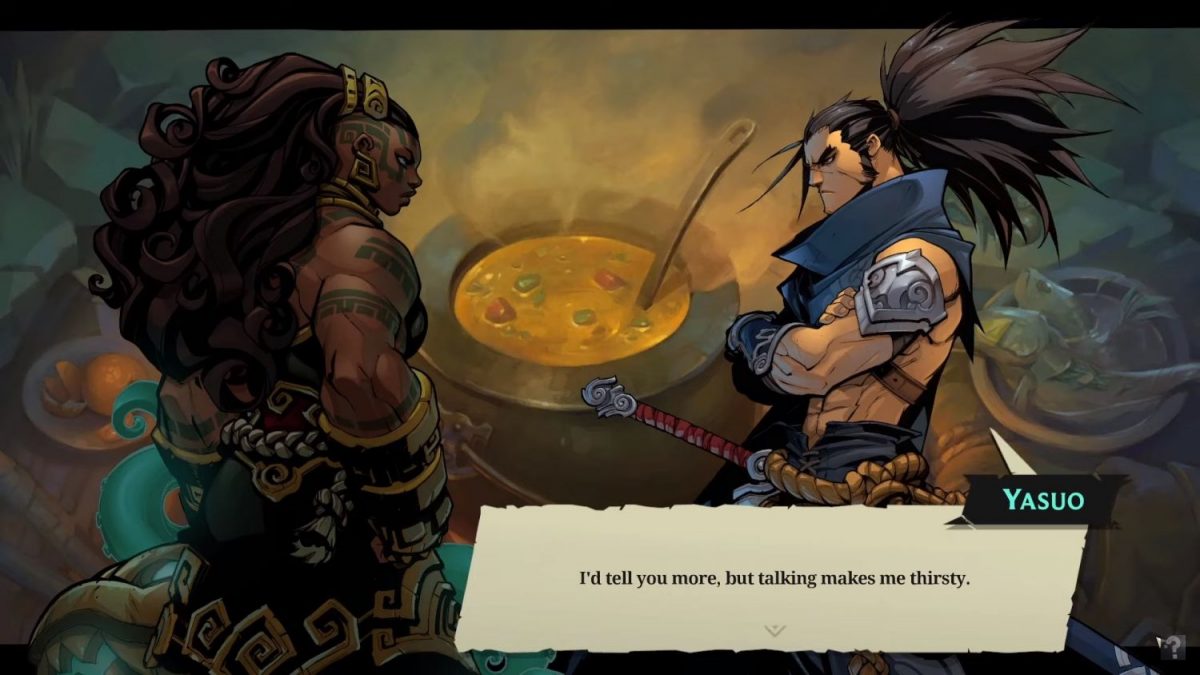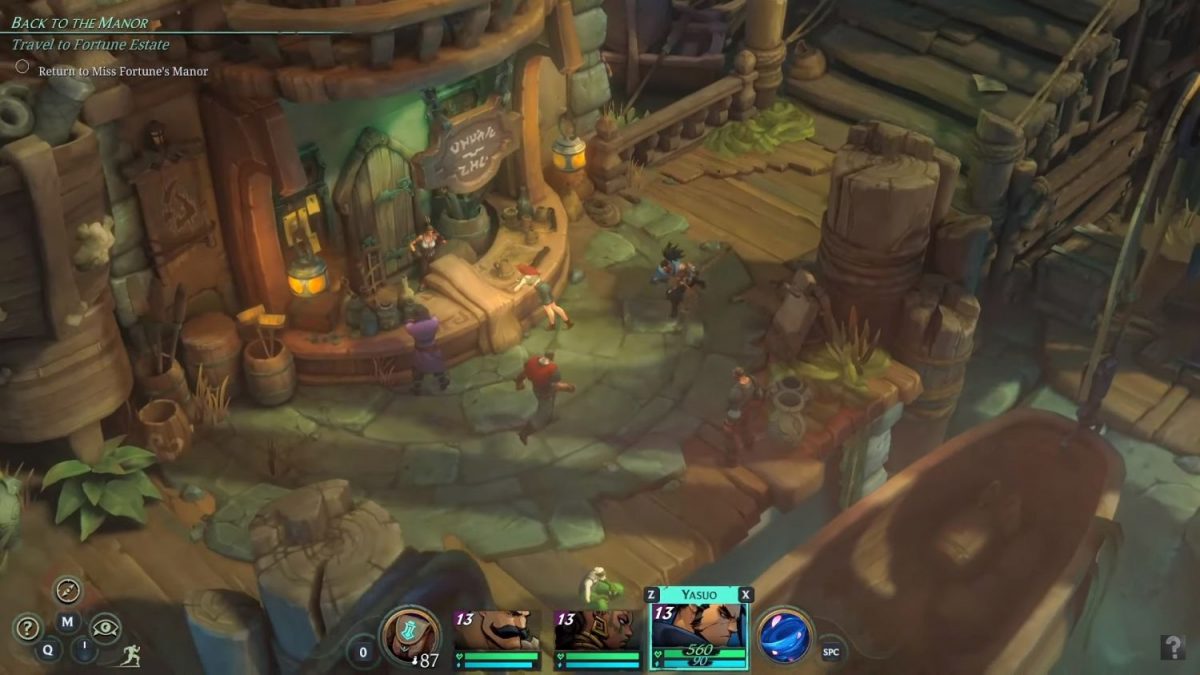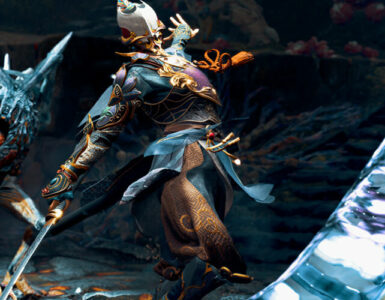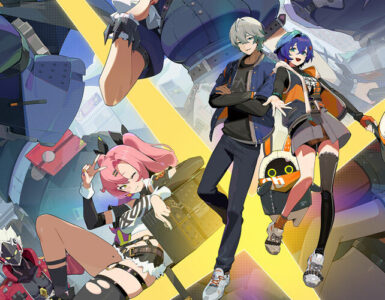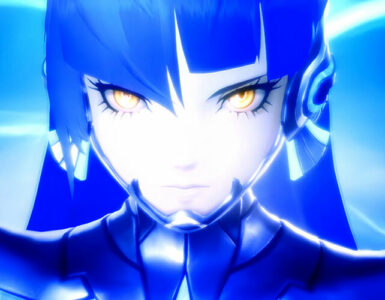- Shares
- 34
Ruined King: A League of Legends Story is, from its name, a game that uses the League of Legends (LoL) lore as a springboard to expand and elaborate on the stories of the characters. The game is published by Riot Forge, which is Riot Games’ third-party publishing arm, and allows these games to tap into the expertise of various third-party developers.
Developed by Airship Syndicate, best known for the critically acclaimed Battle Chasers: Nightwar, the studio has their work cut out for them. Having to translate a Multiplayer Online Battle Arena (MOBA) into a turn-based role-playing game (RPG) is no simple feat. After all, MOBAs are known mostly for their ultra in-depth and fast-paced competitive gameplay mechanics, while turn-based RPGs are more slow-paced, with more emphasis on story and combat mechanics that are less urgent.
Not only that, it has the unenviable task of having to appeal to LoL fans who may not be into turn-based RPGs, and also turn-based RPG fans who don’t know the first thing about LoL.
Ruined King is set in the port city of Bilgewater, one of the major regions in LoL. The game serves as a great way to get to know the city, and brings it to life in a way that LoL couldn’t really do as a MOBA. The image of Bilgewater as a place for lowlives and criminals is fully fleshed out as players run around the city interacting with the various NPCs. There are two main areas to explore in Ruined King – Bilgewater itself, and the Shadow Isles. Puzzles, side quests, and treasures are hidden throughout the overworld, making exploration a pleasure. By talking to the NPCs and collecting lore documents, the setting really does start to take on a more concrete form in one’s psychogeography.
The game sports the instantly recognisable artwork of Joe Madureira, with the players taking control of a team of LoL champions – Miss Fortune, Illaoi, Braum, and more in order to save Bilgewater from a deadly mist that has already enveloped the nearby Shadow Isles. While there are various emotional beats and nuances to the story, such as Miss Fortune’s checkered past involving Gangplank’s murder of her parents, the story follows the tried-and-true heroes overcoming the Big Bad formula. As such, there are no big surprises here, with the writing being safe and risk-free. A story like this works decently well, and will hit all the expected emotional beats. However, gamers have seen this type of story one too many times, and as such, even though Ruined King pulls the narrative off competently, it will struggle to stay memorable.
Airship Syndicate manages to translate the specialties and signatures of each champion into Ruined King well. For example, Braum, a champion wielding a gigantic shield and has bulging muscles, is a tank who can take a lot of punishment, and Illaoi, a Kraken Priestess, powers up by summoning tentacles which can then be used to either heal allies or defeat enemies.
Even the battle system itself, while turn-based, manages to incorporate certain MOBA aspects. For certain attacks and moves, called Lane abilities, the player can choose between the Speed Lane, Balanced Lane, or the Power Lane. The Balanced Lane is the default, the Speed Lane offers a quicker attack in exchange for lower impact, while the Power Lane is slower while being more powerful. This is shown on the Initiative Bar, which shows the order in which enemies will attack. As players hover over each Lane Ability, they’ll see if their attack will go through before the enemies, and whether they will be able to squeeze in more than one attack before they get hit. By being pickier about the choice of Lane, players can optimise each battle, ensuring that they receive as little damage as possible while dishing out as much damage as they can. This adds a layer of complexity to the combat, since the Lane abilities are not static abilities, and thus it is an additional factor for players to manage.

Environmental hazards are also part of battles, and they show up on the Initiative Bar. These hazards trigger on specific spaces on the Initiative Bar, and when triggered, they can cause negative effects on the player’s party. Thus, players will have to decide between avoiding the hazards or accepting the effects depending on how they think the battles will play out. This is yet another layer of complexity that adds even more flavour and depth to the gameplay.
The experimentation with the combat system is a welcome sight, and when compounded with three characters to control, it is easy to see how battles in Ruined King can end up taking a while. That is a good thing, however, as with other turn-based RPGs, while the story and overworld exploration are important, the meat of gameplay lies in the combat. This is because combat is when the player is most engaged, having to overcome challenges using the tools and information made available within each combat encounter. If nothing else, Ruined King’s solid combat system ensures that the game is definitely engrossing to play.
At times, Ruined King feels like an interactive diorama of an LoL setting where players get to know both the characters and the city, but with a save-the-world story tacked onto it. The abundance of side quests, the fishing mini-game, crafting, and cooking system add to that idea.
The game plays like an ‘A’ essay in secondary school. While it doesn’t necessarily do anything spectacularly well in a genre-defining way, it doesn’t do anything wrong either. Even if some of the extra mechanics, such as fishing, come off as filler, they can simply be ignored. An engaging combat system, fun characters, and gorgeous art make this a highly enjoyable RPG that is easy to recommend to any LoL fans interested in exploring the lore behind some of their favourite champions.
Ruined King: A League of Legends Story is available on Steam for S$39.
GEEK REVIEW SCORE
Summary
Ruined King feels like an interactive diorama of an LoL setting where players get to know both the characters and the city, but with a save-the-world story tacked onto it. While it doesn’t necessarily do anything spectacularly well in a genre-defining way, it doesn’t do anything wrong either. The solid combat system lays the foundation for a fun gameplay experience even if the story plays it safe.
Overall
8.3/10-
Gameplay - 8.5/10
8.5/10
-
Story - 7/10
7/10
-
Presentation - 9/10
9/10
-
Value - 8.5/10
8.5/10



